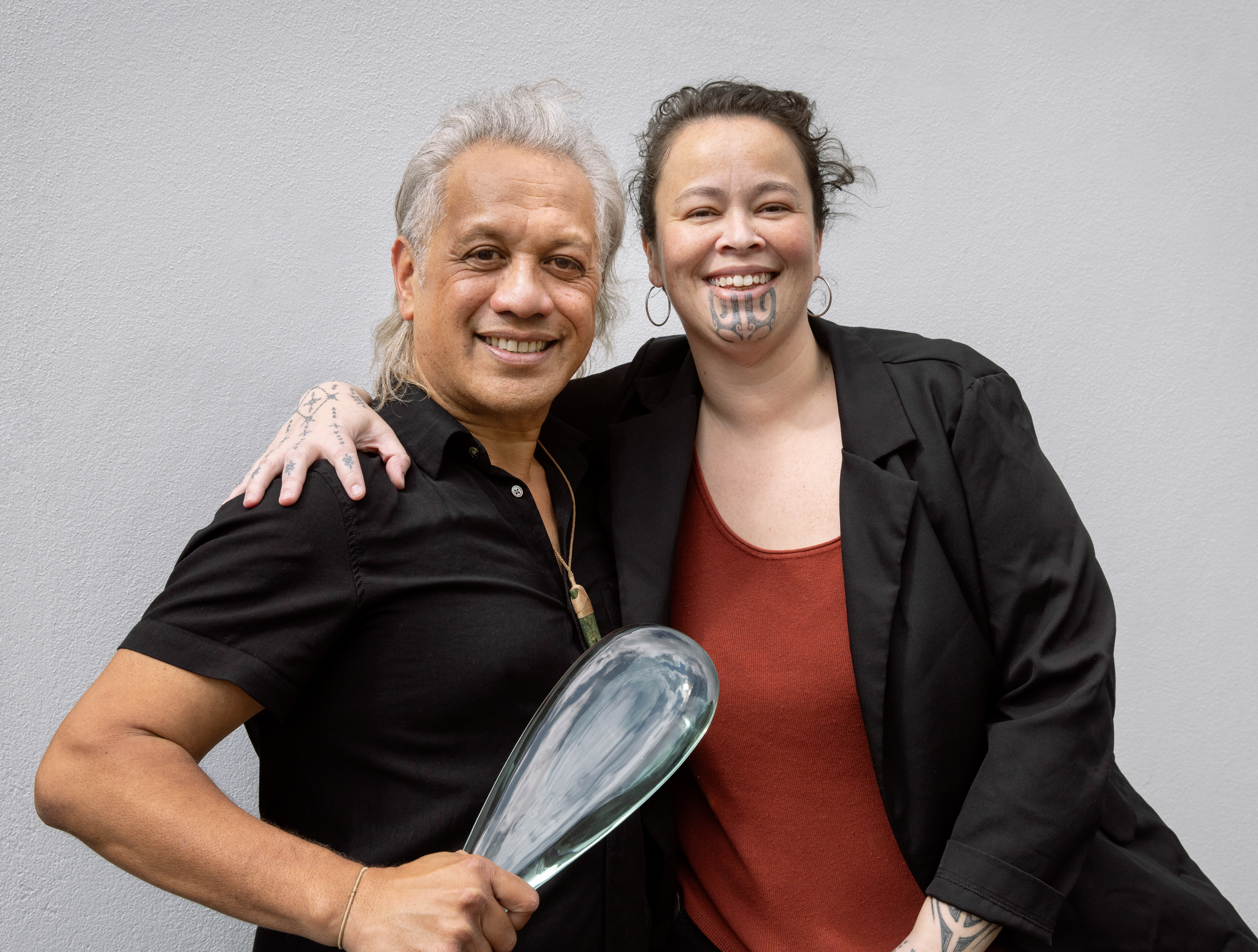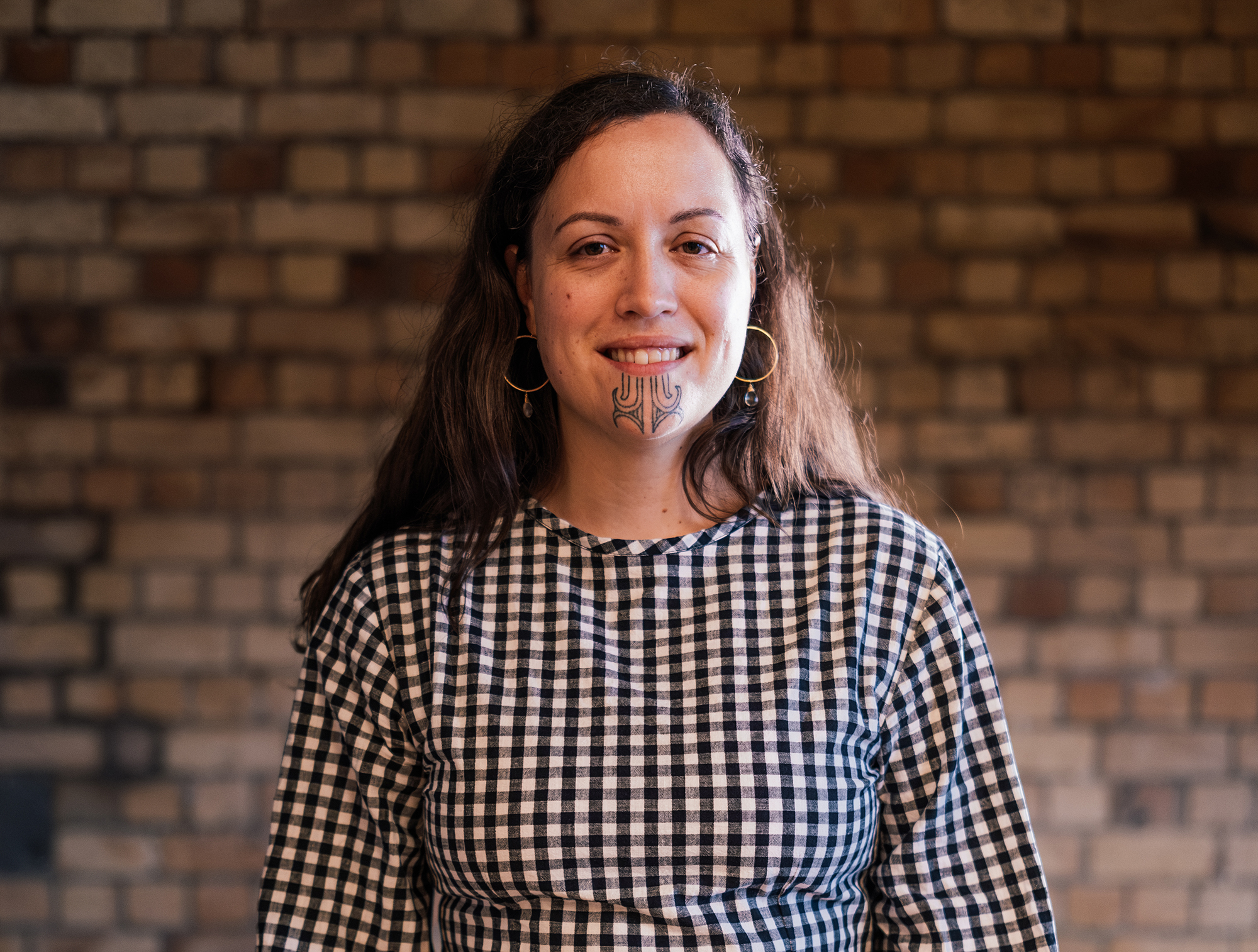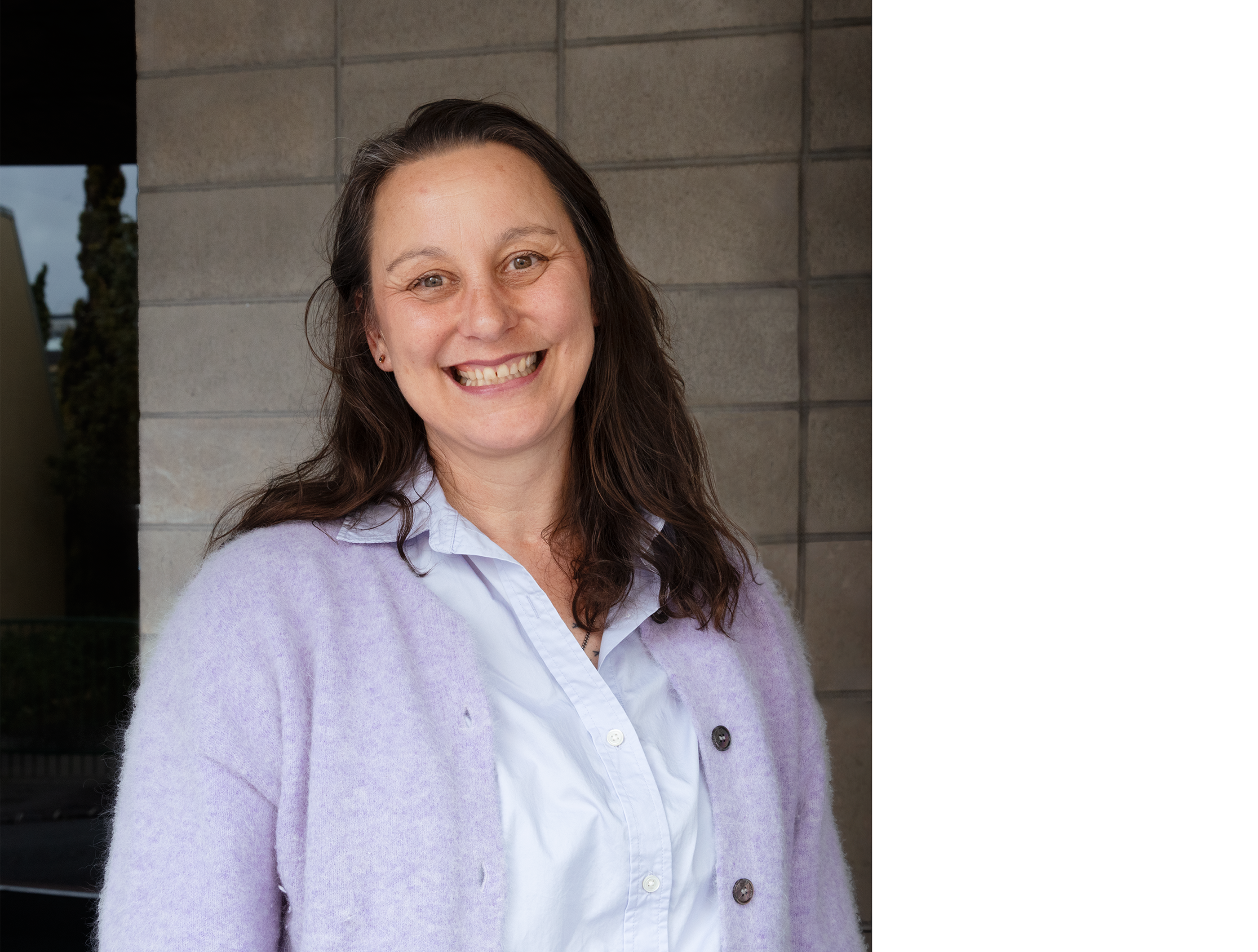Te Wiki o te Reo Māori - The Reclamation of te Reo Māori
To mark the 50th anniversary of Te Wiki o te Reo Māori (Māori Language Week) and its official theme, Ake ake ake – A forever language, Jasmax hosted a series of rich and reflective kōrero exploring how creative practice can support the reclamation of te reo Māori.
We were privileged to be joined by the extraordinarily talented Tiaki Kerei (Ngāti Porou, Ngāpuhi, Te Rarawa, Ngāti Kahungunu), Jade Kake (Ngāpuhi, Te Arawa, Whakatōhea), and Nova Paul (Te Uri Ro Roi, Te Parawhau/Ngāpuhi), who shared their unique journeys of learning and connecting with te reo.
As Māori Language Commissioner Rawinia Higgins regularly states, “It takes one generation to lose a language and three generations to restore.” This truth underscores the commitment of these creatives to preserve te reo Māori and actively nurture its growth for generations to come.
The reclamation journey is complex, involving a deliberate, often slow process that invites both celebration and critical reflection on the historical factors that led to language loss. Through their practices, these creatives remind us that language reclamation is not simply about retrieving words, but about restoring ways of being, knowing, and expressing cultural identity.

Tiaki Kerei: Reclaiming language through movement
“Language isn’t just a communication tool, it’s a vessel that we hold and uphold.”
Tiaki Kerei is a contemporary dancer, choreographer, academic and writer whose work redefines the boundaries between language, movement and identity. Tiaki’s approach to reclaiming te reo Māori is physical and intuitive. Rather than following linear language learning models, he engages with energy, resonance, vibration and presence, embedding reo into the body’s memory through what he describes as a ‘scribble book for the body’. His practice demonstrates that doing is a pathway inward, and language is more than a communication tool – it’s a vessel we hold and uphold.
Born Jackie Gray, named after his late father whose name was anglicised during his youth, Tiaki’s journey toward embracing his Māori identity led him to adopt his father’s original Māori name. This act was not only a tribute, but a step in strengthening his own sense of self and a form of healing.

Jade Kake: Expanding the architectural lexicon in te reo Māori
“I want to grow the architectural lexicon in te reo Māori and grow the language domain.”
Jade Kake is an architect, writer, scholar and educator. She is Director of Matakohe Architecture & Urbanism and a Senior Lecturer at AUT. Her journey has been shaped by a multicultural upbringing and an awareness of the impacts of language loss.
Seeking a culturally relevant architectural education, Jade was supported by mentors who encouraged her aspirations to practice architecture in a way that reflects and uplifts Māori worldviews. This led her to dedicate a full year to immersive te reo Māori study. Just five weeks in, she began thinking in te reo; by week seven, she was dreaming in it.
She went on to become the first person to register as an architect in te reo Māori – a milestone that not only challenged existing professional norms but also paved the way for future Māori practitioners. Her commitment to systemic change continues through her PhD project, which focuses on developing an architectural dictionary in te reo Māori. This work aims to expand the language domain, enabling te reo speakers to be their authentic selves and engage deeply with cultural concepts – not translated or diluted, but expressed in their full depth.

Nova Paul: Finding joy and connection through te reo Māori and the taiao
‘Te reo is a language of beauty – an important part of the journey is finding your joy in space.”
Nova Paul is a photographer, filmmaker, writer, educator, and Indigenous rights researcher whose journey to learning te reo Māori is deeply rooted in her creative practice and relationship with the taiao (environment).
Her path toward te ao Māori (the Māori worldview) required a significant shift from whakaaro Pākehā (Western ways of thinking). Nova speaks candidly about the challenges of this transition and the importance of approaching te reo simply – to resist overcomplicating the process and instead finding joy in its depth and appreciating the whakapapa (history) and mātauranga (knowledge, wisdom) of every word. This philosophy is reflected in her image-making, where simple visuals carry layered meaning.
Te reo Māori has opened up Nova’s visual language. Though her learning journey, she discovered the mahi toi (art) she wanted to access – one that emerges from the taiao, where knowledge is held and stories are rooted. Her innovative work with analogue film and plant-based developers physically embeds the environment into her artwork, including her acclaimed film Hawaiki which screened at the Sundance Film Festival.
Through te reo Māori, Nova has accessed stories, wisdom, and joy that continue to shape her art, research, and connection to whenua (land) and whakapapa.
Ngā mihi nui to Tiaki, Jade and Nova for sharing your stories with us.